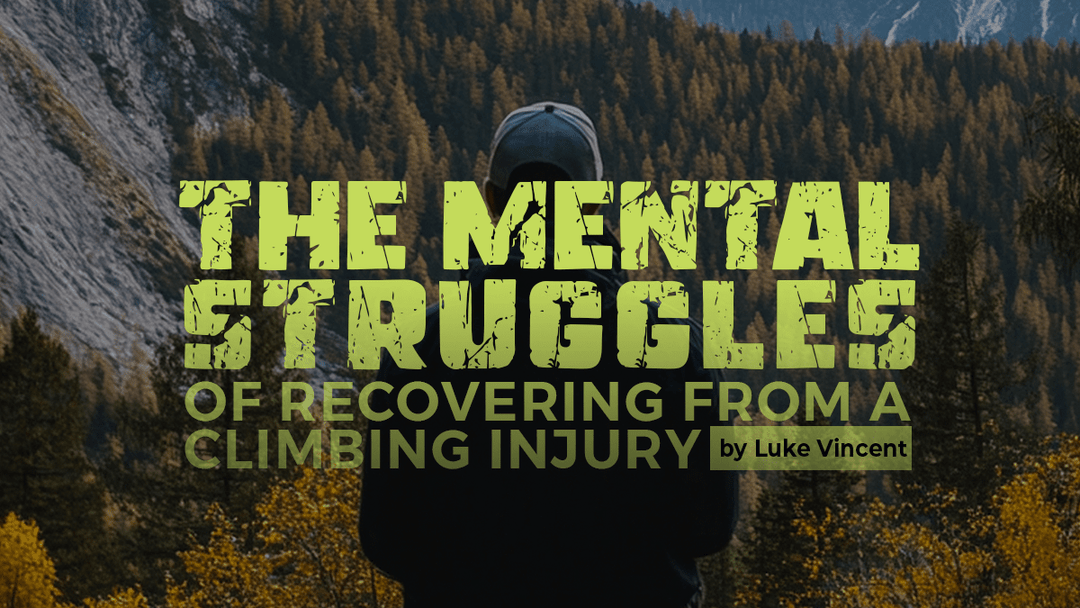When are you ready to move from rental shoes to your own climbing shoes?

Have you ever tried climbing in sneakers or any non-climbing shoes? If you have, you know the struggle of getting your feet to stay on any climbing hold smaller than a jug (a large hold you can grab with your entire hand). Every time you place your foot, it's a hail-mary prayer that your shoe won't slip, sending you crashing onto the bouldering pads or falling into the rope.
Rental Shoes
The next step is rental shoes. Rental shoes are usually accessible at no or minimal cost after you pay for a day pass or membership to the climbing gym. While any pro climber will scorn the thought of using rental climbing shoes, they are an upgrade from regular sneakers.
However, rental shoes will only get you so far with climbing. Their design needs to consider performance. Instead, it prioritizes comfort for the climber and durability so that climbing gyms can replace them infrequently. Don't get us wrong. They are great to wear when first trying out climbing or just getting into the sport. But, when you decide you are ready to commit to climbing regularly, you should bite the bullet and invest in a personal pair of climbing shoes.
Rental shoes are flat with thick rubber soles and a "one-shape-fits-all-feet" design. However, if you go and pick out your pair of climbing shoes, you can try on various brands and pick the one that fits your foot snuggly. The climbing shoes you'll look to buy will have higher quality rubber and give you an edge in your performance. Gone are the days of not trusting small footholds and second-guessing standing on your feet. With your climbing shoes appropriately fitted, you will feel more secure on smaller footholds and more confident in your climbing.
Purchasing Your Climbing Shoes
As an adult, biting the bullet and buying climbing shoes can be daunting. The price of climbing shoes can be pretty hefty, although you can find great entry-level and neutral shoes for more affordable prices. For your first pair of climbing shoes, consider neutrals or moderates, which are usually cheaper than aggressive shoes. “Neutral” and “moderate” refer to the shape and make of the shoe. These shoes are generally flatter and have fewer features, making them comfier for all-day use, optimal for beginners, and cheaper.
Additionally, don't feel pressured to buy the most expensive climbing shoe. Depending on what shoe fits your foot best, search for good deals online or see if your local climbing gym offers retail discounts. But your feet have likely stopped growing, and the only reason you will have to buy a new pair is if the rubber wears down.
What About Kids’ Shoes?
Hesitations may arise if you consider purchasing a pair of climbing shoes for your child. Since their feet are growing, they may need new shoes more frequently. Consider it an investment in your child's athletic career. If your child is serious about climbing, then having their shoes will only benefit their growth in progress. You can always buy slightly used shoes at places like REI outlets or ask if anyone has a pair of old shoes in decent condition. Climbing shoes are equivalent to cleats or spikes in any other sport, so it's more or less of a necessary investment.
So When Are You Ready?
The most significant indicator it's time to ditch the rental shoes and upgrade to your pair is when you want to take climbing seriously. No climber has ever said, "I regret buying my climbing shoes." (If you find someone who says that, please let us know. We'd love to meet this arguably crazy person.)
If you find yourself going to the climbing gym regularly, even once per week, it’s time to invest in your own climbing shoes. It will help you improve faster, and your feet will thank you for it!
Hopefully, this clarifies when you should consider buying your first pair of climbing shoes or help nudge you to bite that bullet if you've been contemplating it for a while. If you did get a pair, let us know in the comments below what brand/style you bought!




